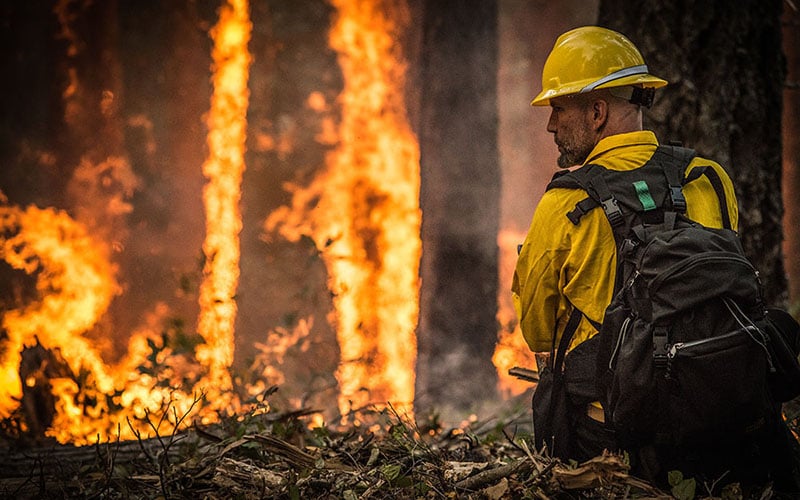WASHINGTON – Arizona is expected to have a normal wildfire season this summer after several years in which the state saw relatively little fire activity, state and federal officials said Tuesday.
But while Arizona can expect to see an increase over recent years, Agriculture Secretary Tom Vilsack said officials are most concerned about drought-stricken Western states, particularly California.
“We are seeing longer, more intense, costlier fires,” Vilsack said of the trend in wildfires across the country in recent years.
A normal wildfire season for Arizona still means thousands of fires across the state – between 1990 and 2015, there was an average of 2,846 reported wildfires a year in the state, that burned an average of more than 200,000 acres a year, according to data from the Southwest Coordination Center.
“A normal fire year in Arizona is probably bad for other states,” said Bill Boyd, an official with the Arizona State Forestry Division. “We’ve had several light years as far as fires go … but that just means we’ve accumulated more fuel and that fuel gets very dry especially pre-monsoon.”
That is particularly true in the southern parts of the state, where good growing seasons led to an increase in vegetation that has since dried out because of a period of drought, leaving plenty of fuel for any wildfires.
“For fires, you need to have fuel, you need ignition, and you need things to be dry,” Boyd said. “And we have all of those in Arizona.”
The fire season is typically late April through July, and tapers off when monsoon rains begin to pick up. Boyd said the state has taken some measures to prevent wildfires, such as thinning out trees that could serve as fuel.
Nationwide, Vilsack said there are more than 10,000 firefighters on call, double the number of personnel who were ready to fight fires in 1998. In addition to the 10,000 firefighters, Vilsack said the Forest Service has shifted personnel into firefighting with an eye toward the coming season.
He also said that states like Arizona, which are looking toward normal wildfire seasons, will again be called on to lend resources and crews to fight fires in those parts of the country that are harder hit.
Such transfers of firefighting resources are coordinated through the Incident Command System, a national system under the Federal Emergency Management Agency. Mary Zabinski, a fire information officer for the Southwest Coordination Center, said because the Southwest’s fire season is typically earlier than other parts of the country, it can borrow from other regions when needed and then lend a hand when their fire seasons start up.
“You just move the resources where they’re needed,” Zabinski said. “You never jeopardize the home unit.”
Resources from Arizona, such as fire crews and equipment, have already been sent to states in the Southeast within the past month, Zabinski said. Arizona has used resources from other states in the past as well.
It’s still too early to tell precisely how wildfire season could go, Zabinski said. Meteorologists will have a clearer picture of what weather and fire activity to expect in June.
While the outlook now is normal, Boyd said, “If the conditions are right, it can turn into something significant.”
